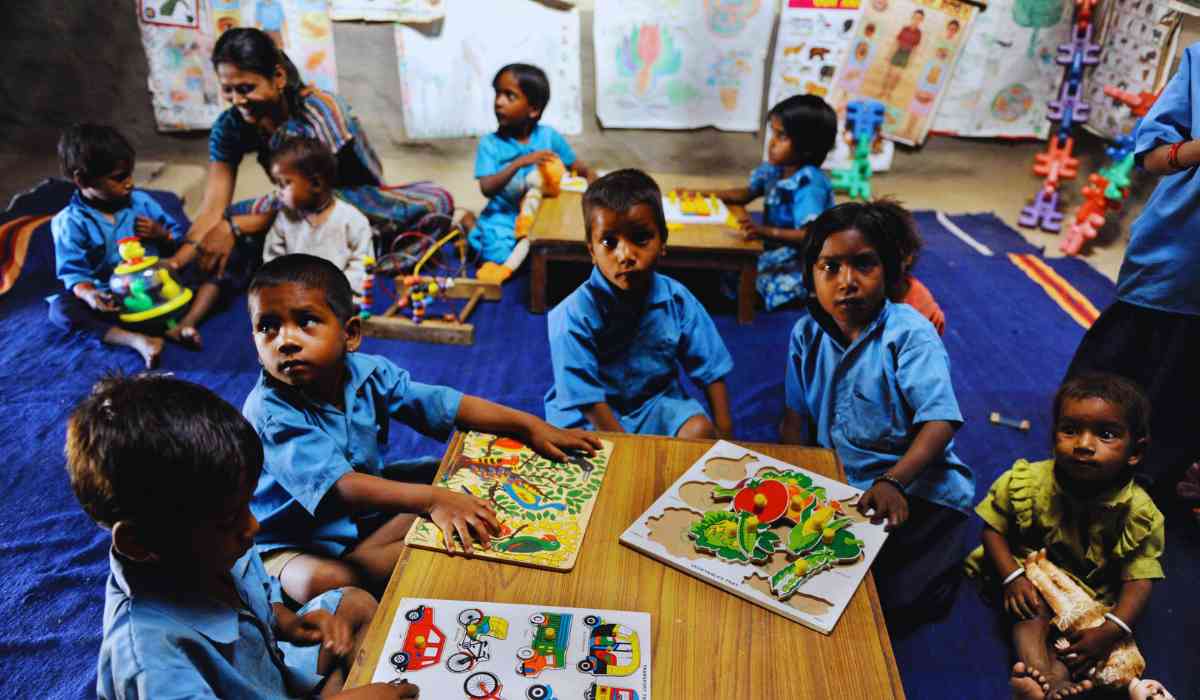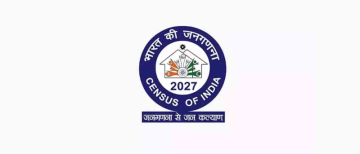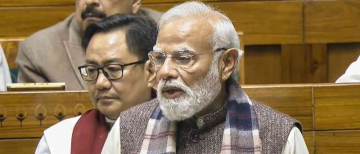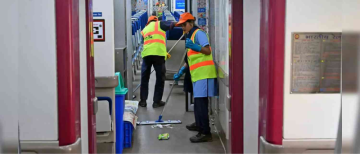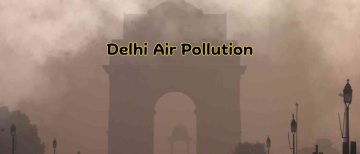BJP leader Subhash Sarkar has criticized the Trinamool Congress (TMC) government in West Bengal, claiming the state has the highest school dropout rate in India. According to Sarkar, the dropout rates are particularly alarming, with Birbhum at 17.2%, Murshidabad at 16.9%, and South 24 Parganas at 16.1%. He noted that all districts in West Bengal have dropout rates exceeding 12%
Sarkar expressed concern over the lack of tracking for school dropouts, emphasizing that there are approximately 70 lakh migrant workers from the state, raising questions about where these students end up amidst rising unemployment
He pointed out that the TMC government has failed to address the educational needs of minorities, especially in areas like Murshidabad, which has a significant minority population
Additionally, Sarkar highlighted that many universities in West Bengal are private and reportedly have empty seats, criticizing the state government for not prioritizing educational development. He alleged that the TMC administration shows little interest in improving the education system
A recent report from the Union Education Ministry corroborates these claims, indicating a dropout rate of 18.75% at the secondary level for the academic year 2023-24, underscoring ongoing challenges in West Bengal's education sector.
What measures is the TMC government taking to address the high school dropout rate in Bengal?
The Trinamool Congress (TMC) government in West Bengal is implementing several measures to address the high school dropout rates in the state, which have been a growing concern, particularly following the disruptions caused by the COVID-19 pandemic.
Key Initiatives
- Paray Shikshalaya Project: Launched to bridge a two-year learning gap, this community-based learning initiative aims to support primary level students. The project focuses on creating a joyful learning environment similar to traditional classrooms and will begin in February 2025. An expert committee will develop structured academic materials for children aged 5-9 years.
- Calcutta High Court Directives: Following a court order, the West Bengal government has been directed to report on student enrollment before and after the pandemic. The court emphasized the need to sensitize parents about the importance of education and improve school conditions, such as providing clean drinking water and mid-day meals, to encourage dropouts to return.
- Achievement at Primary Levels:The state reported a zero percent dropout rate at both primary and upper primary levels for the academic year 2023-2024, indicating effective measures at these stages. However, challenges remain at the secondary level, where dropout rates were recorded at 17.8%.
- Government Schemes:Initiatives like Samagra Shiksha Abhiyan aim to improve access and quality of education while addressing social and gender gaps. This integrated scheme focuses on reducing dropout rates from preschool through class 12.
- Community Engagement: The TMC government is also working with local communities to improve educational infrastructure and promote parental involvement in children's education, which is crucial for reducing dropout rates.
These measures reflect a multi-faceted approach by the TMC government to tackle the issue of school dropouts in West Bengal, focusing on both immediate interventions and long-term educational reforms.
How effective have previous initiatives like the Sarva Shiksha Abhiyan been in Bengal?
The Sarva Shiksha Abhiyan (SSA), launched in 2000, aimed to achieve universal access to elementary education in India, including West Bengal. Its effectiveness has been assessed through various studies and reports, highlighting both achievements and challenges in the state's educational landscape.
Achievements of Sarva Shiksha Abhiyan in West Bengal
- Increased Enrollment: SSA has significantly improved enrollment rates, with near-universal access to elementary education reported. Over 98% of rural habitations now have access to schools within a 3 km radius, contributing to higher attendance rates
- Infrastructure Development: The program has facilitated the establishment of new schools and Education Guarantee Scheme (EGS) centers, enhancing the availability of educational facilities. This has been particularly beneficial in rural areas
- Community Involvement: SSA emphasizes local community participation in planning and implementation, which has fostered a sense of ownership among stakeholders and improved accountability in schools.
- Incentives for Attendance: Programs like the Mid-Day Meal Scheme (MDMS) have complemented SSA by providing nutritional support, which has positively impacted student attendance.
Challenges Faced
- Quality of Education: Despite improvements in enrollment, learning outcomes remain a concern. Reports indicate that many students struggle with basic competencies, such as performing simple arithmetic operations
- Teacher Shortages: A significant number of teacher vacancies persist under SSA, adversely affecting the quality of education and student-teacher ratios
- Dropout Rates: While enrollment figures are encouraging, dropout rates continue to be a challenge, particularly at the upper primary level. There are indications that many children drop out due to socio-economic factors or lack of engagement in the educational process
- Implementation Discrepancies: Variations in the effectiveness of SSA across different districts have been noted, with some areas experiencing better outcomes than others due to differences in infrastructure and community engagement.
Conclusion
Overall, while the Sarva Shiksha Abhiyan has made significant strides in improving access to education in West Bengal, challenges related to quality and retention remain. Continuous efforts are needed to address these issues and ensure that the benefits of SSA translate into meaningful educational outcomes for all children in the state.
With inputs from agencies
Image Source: Multiple agencies
© Copyright 2024. All Rights Reserved Powered by Vygr Media.

